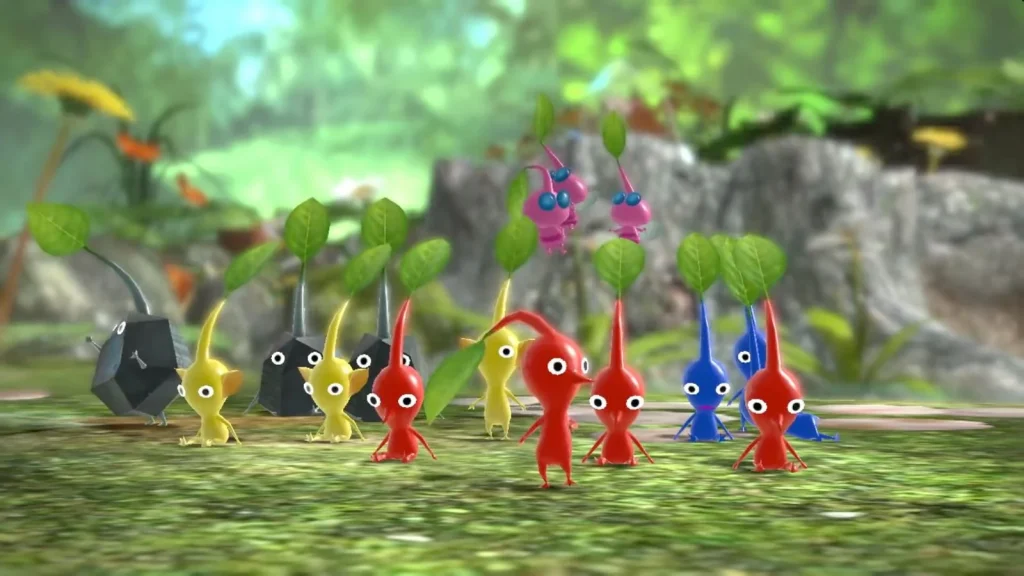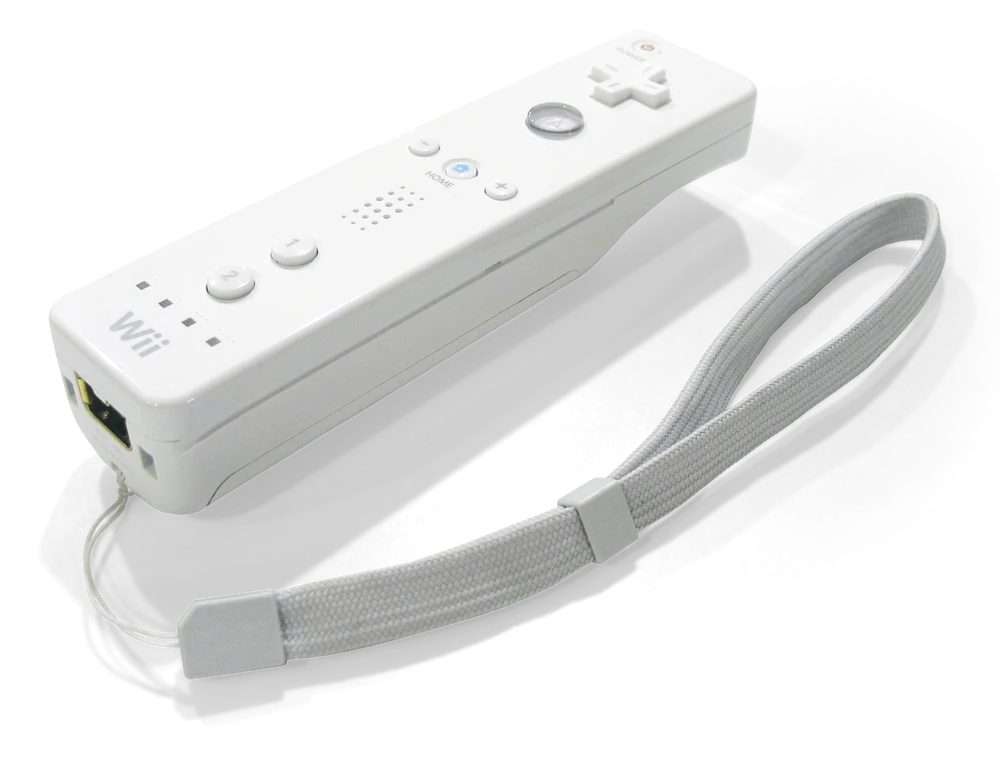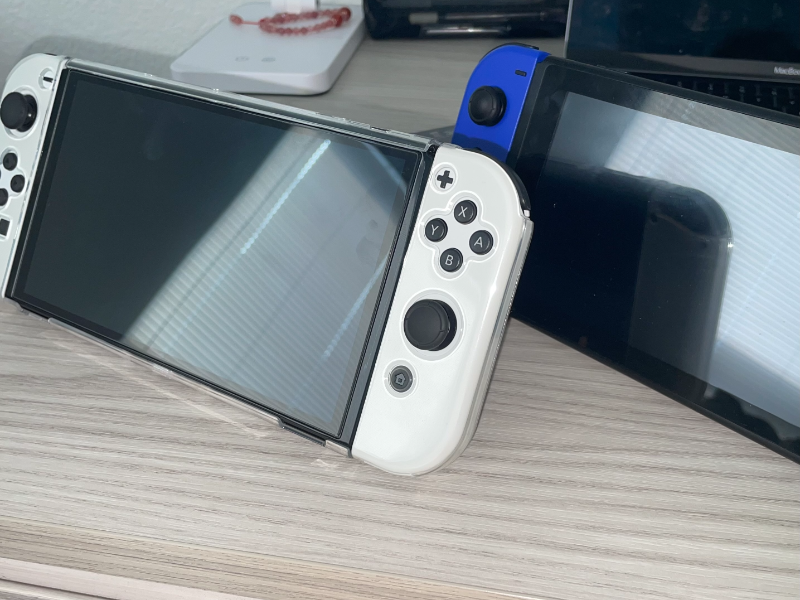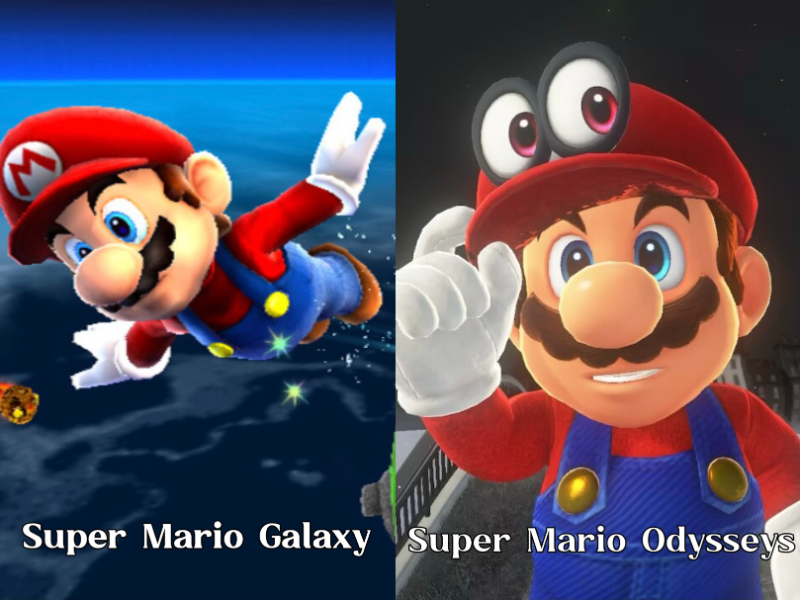- Nintendo’s commitment to family-friendly entertainment has solidified its reputation as a provider of safe and enjoyable gaming experiences for players of all ages. Competitors like PlayStation and Xbox often cater to older audiences with more mature themes and complex gameplay.
- Nintendo’s legacy of innovation is underscored by its continuous pursuit of groundbreaking concepts, exemplified by the revolutionary Wii console and its motion controls, which transformed gaming dynamics and broadened the audience.
OUR TAKE
You may have come across Nintendo, Zelda, or Super Mario at least once in your life. Established in 1889 and flourishing to this day, Nintendo has forged a distinctive path in the gaming industry. Unlike competitors such as PlayStation and Microsoft, Nintendo follows a unique gaming strategy. With a focus on a family-friendly image, Nintendo aims to attract a broad spectrum of gamers, spanning from children to adults. I played my first Nintendo game in 2020 and instantly became enamored with it. Whether you adore or criticise Nintendo, its strategies undeniably influence the gaming industry.
–Sylvia Shen, BTW reporter
I never played Nintendo games as a child. While many of you will have fond memories of classics like Super Mario, The Legend of Zelda, and Pikmin, my experience with Nintendo began much later in life.
My first real encounter with Nintendo’s world came during the pandemic. With more time on my hands, I decided to explore new hobbies and finally purchased a Nintendo console. The first game I played was Animal Crossing: New Horizons. From that moment, I was hooked. I began exploring other Nintendo games, discovering the rich histories and innovative gameplay mechanics that have made titles.
Let me tell you why I love Nintendo and why my admiration for it continues to grow.
Family-friendly appeal
Nintendo has made a strong name for itself as a reliable supplier of healthy and secure gaming experiences for players of all ages by centring its brand around family-friendly entertainment.
Seeing those cute Pikmin scurrying around and encountering the vibrant, charming cartoon characters immediately grabs your child’s attention, bringing a sense of joy and nostalgia that’s totally Nintendo.
These cartoon designs not only captivate through their visual appeal but also contribute to the overall experience of Nintendo games. They enhance the storytelling, evoke emotions, and create a welcoming atmosphere that encourages players to explore and immerse themselves in these fantastical worlds.
Furthermore, Nintendo is dedicated to providing family-friendly entertainment in ways other than just game creation. Parents who are worried about their children’s online interactions and content appropriateness may rest easy knowing that the company’s strict standards guarantee that its platforms and content are safe spaces for young players.
In contrast, while PlayStation and Xbox also offer a diverse range of games, their emphasis often leans towards more mature themes and complex gameplay mechanics. This is reflective of their older audience demographic, which appreciates deeper narratives and challenging experiences.

Also read: Nintendo shares plunge on delayed Switch 2 launch
Blue ocean strategy
If you understand Blue Ocean Strategy, you know why Wii sold 101 million units.
Joshua Lisec
At this point, Sony and Microsoft are in a fierce technology race, focusing primarily on traditional, controller-based gaming experiences while occasionally exploring innovations like PlayStation VR and Xbox’s Kinect. They invest heavily in graphics, processing power, and online features to enhance gaming and multiplayer capabilities.
Nintendo isn’t merely dabbling with innovation; it’s consistently pushing the industry in new and unique directions. In fact, the company hasn’t released a “traditional” console in nearly 20 years, since the debut of Game Cube in 2001. Each Nintendo console since then, from the Wii to the Switch, has introduced novel features and gameplay concepts.
Launched in 2006, the Wii console revolutionised gaming through its innovative motion controls, fundamentally changing how players interacted with games and broadening Nintendo’s audience. This shift extended beyond traditional gamers, attracting families and casual players alike, a strategy Nintendo referred to as the “Blue Ocean Strategy.”
The gaming industry, was once niche and perceived as overly complex with its focus on darker, demanding games for hardcore enthusiasts. Nintendo aimed to change this perception by transforming gaming into a lifestyle product rather than just a gaming system. They designed a console that resembled a television remote control, prioritizing simplicity, intuitiveness, and accessibility.
This approach meant even individuals who might not be fond of gaming screens or traditional consoles could easily adapt to using another remote controller, bridging the gap between gaming and everyday entertainment in households.
You know, my mom wouldn’t go for a home gaming console, but she’s totally fine with another remote control. That’s the trick!

Nintendo sought to make gaming accessible to all people by releasing Wii Sports and Just Dance, two simple games that would encourage families to play together. This strategy worked; within the same gaming generation, the Wii system sold 101.63 million units, more than the 87.4 million of the PlayStation 3 and the 84 million of the Xbox.
Joshua Lisec, WSJ’s bestselling ghostwriter, said this about the Wii in 2022: “If you understand Blue Ocean Strategy, you know why Wii sold 101 million units.”
Pop quiz
Which Nintendo console is credited with introducing the “Blue Ocean Strategy”?
A. Nintendo Switch
B. Nintendo Wii
C. Nintendo GameCube
D. Wii U
The correct answer is at the bottom of the article.
Nintendo continues its legacy of innovation with the Switch, launched in 2017. The Switch combines the versatility of a handheld and a home console, allowing players to seamlessly transition between gaming modes. This hybrid design not only offers flexibility in how and where games are played but also enhances social and multiplayer experiences.
The Nintendo Switch has soared to impressive global sales, reaching a total of 141.32 million consoles sold. And guess what? I’ve bought two of them!
This places Switch as the third highest-selling console in history, with the PlayStation 2 leading at 159 million units sold, and the Nintendo DS following closely at 154.02 million units.

Also read: The historical evolution of the video game
All for fun
On my business card, I am a corporate president. In my mind, I am a game developer, but in my heart, I am a gamer.
Satoru Iwata
Nintendo’s games are evolving with heightened creativity, demonstrating the company’s relentless pursuit of innovation and excellence. Nintendo’s games are evolving with heightened creativity, captivating players with imaginative gameplay experiences across beloved franchises like Mario and Zelda. The company consistently introduces new concepts and technologies that push the boundaries of gaming, ensuring their titles remain fresh.
Mario games are celebrated for their dynamic environments, demanding platforming challenges, and dedication to entertaining gameplay mechanics, exemplified in titles such as Super Mario Bros., Super Mario Galaxy, and Super Mario Odyssey. These games consistently deliver imaginative levels and unforgettable characters.
Each new installment brings innovative gameplay elements while preserving the series’ core mechanics. For example, Super Mario Galaxy introduced gravity-defying mechanics, while Super Mario Odyssey emphasised exploration and introduced the innovative Cappy companion—a sentient hat that allows Mario to control other characters and objects.

Animal Crossing games immerse players in a charming village inhabited by anthropomorphic animals, highlighting activities like fishing, bug catching, home decorating, and real-time interactions with villagers.
Every new version adds new features and seasonal events, such as personalisd products, online multiplayer support, and themed upgrades, that enhance community involvement and personalise the experience.

The Legend of Zelda series is acclaimed for its grand adventures, intricate puzzles, and immersive worlds, with titles such as Ocarina of Time, Breath of the Wild, and Tears of the Kingdom defining the genre with their rich narratives and innovative gameplay.
From the traditional top-down viewpoint of games to the vast open-world adventure of Breath of the Wild, every Zelda game provides a unique location and plot. Each game in the series stands out as unique and fresh due to significant variations in gameplay mechanics. For instance, in Ocarina of Time, players engage with challenges using musical instruments as key tools to progress through the game.
In contrast, Breath of the Wild introduces a groundbreaking gameplay approach centred on physics-based interactions. This innovative design allows players to interact with virtually every object they encounter, from rocks and trees to weather and terrain. The game’s expansive open world invites exploration to any visible location, encouraging players to discover new paths and secrets across its vast landscape. These distinct mechanics not only redefine the player experience by offering unprecedented freedom and immersion but also contribute significantly to the ongoing evolution and timeless appeal of The Legend of Zelda series.

During the E3 video game conference in 2005, Nintendo’s ex-president, Satoru Iwata, once said: “On my business card, I am a corporate president. In my mind, I am a game developer, but in my heart, I am a gamer.” It’s that passion for gaming that defines Nintendo’s approach to everything they do.
I vividly recall the day I first launched Animal Crossing and embarked on the journey to create my own island paradise. The serene tranquility of the virtual world enveloped me as I marveled at the colourful fireworks lighting up the night sky with friends by my side. What truly touched me was receiving thoughtful letters and surprise gifts from a digital version of my mom, a heartwarming reminder of familial love even in the game’s make-believe world.
This virtual haven quickly became more than just a game; it became my sanctuary, a haven where I could momentarily escape from the complexities of reality and rediscover the innocent joys of childhood.
It’s a sentiment echoed by all Nintendo enthusiasts: Nintendo always seems to make me feel like a kid again.
The correct answer is B. Nintendo Wii.
